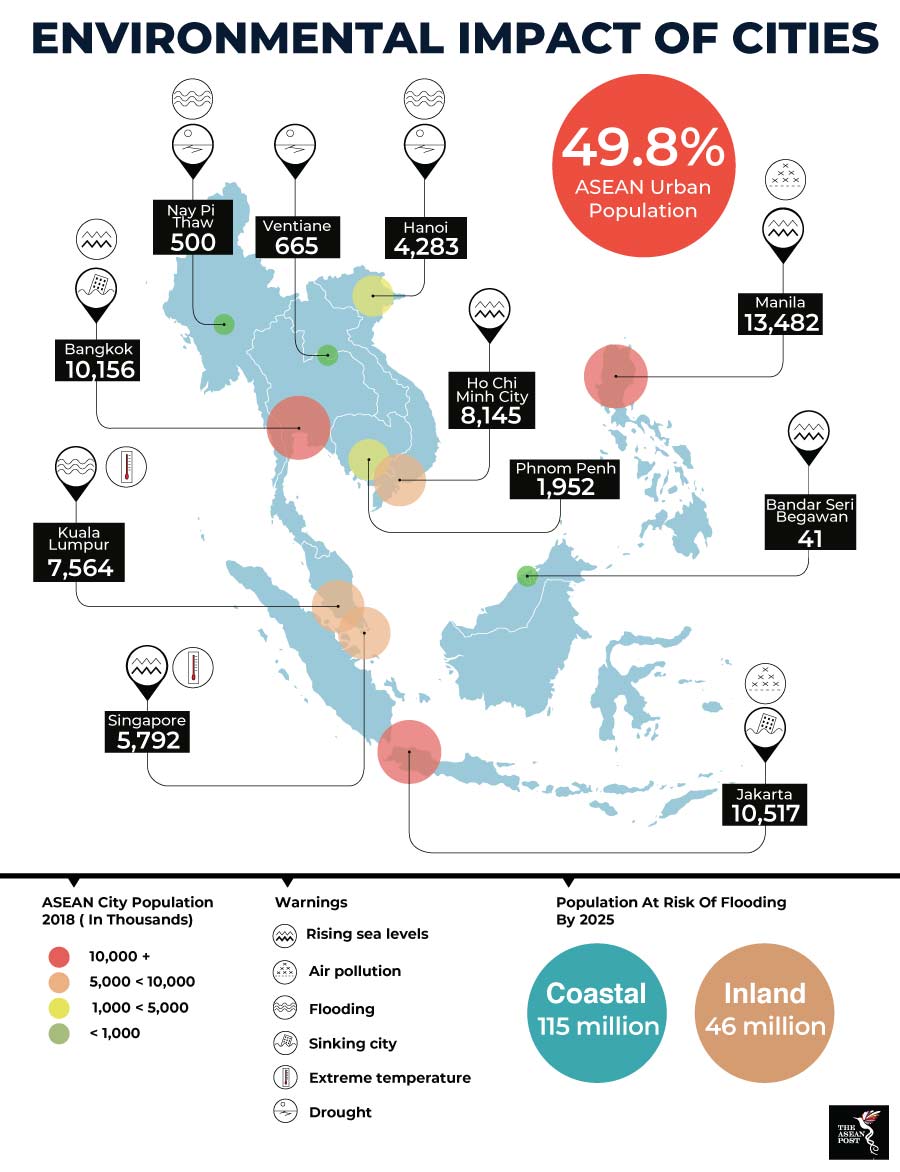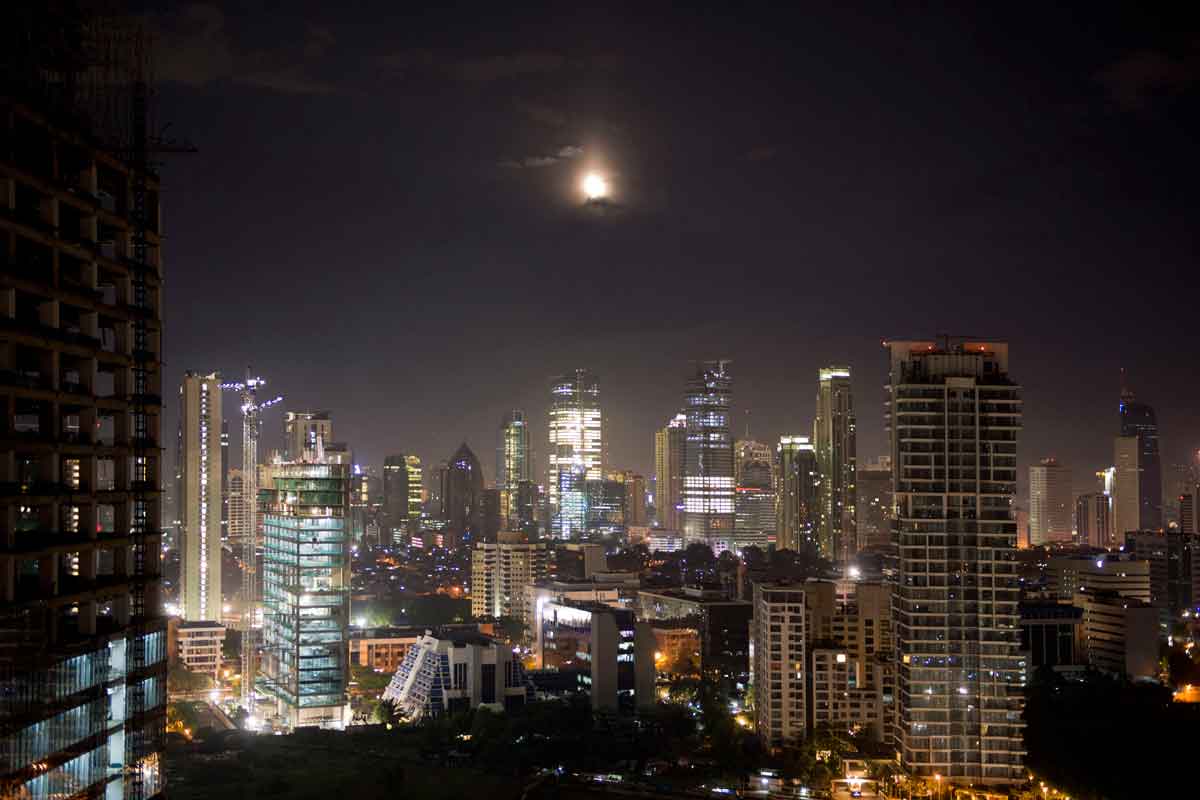As megacities emerge across the globe, the ones in Asia remain among the fastest growing and cheapest places to build. These cities will continue to grow in size and affluence, due to ever-increasing urban populations. The United Nations (UN) describe megacities as urban areas with a population of 10 million or more. If urban populations continue to swell at their current rate, the number of megacities in the world could increase to 43 by 2030. By 2050, 75 percent of humanity will be living in cities.
A report published in the International Construction Costs 2019, by Arcadis shows that cities in Southeast Asia, such as Kuala Lumpur, Jakarta and Bangkok are among the world’s cheapest cities for new construction. Factors contributing to this are reduced costs including lower wages, accessibility to construction materials and availability of land at lower costs. The growth of ASEAN’s megacities parallels the growth of its populations, creating a concentration of economic activities and increased connectivity, leading to more development and therefore more people.
ASEAN’s population is projected to grow to 665 million in 2020, with Indonesia and the Philippines leading with 269 million and 100 million people, respectively. In 2050, seven countries in the bloc will have more than 50 percent of their populations residing in major urban areas. However, ASEAN populations are very disparate, ranging from highly urbanised Singapore and Malaysia to semi-urbanised Thailand, Indonesia, Philippines and Vietnam. Cambodia remains predominantly rural.
As megacities are poised to contribute to more than half the rise in global greenhouse gas (GHG) emissions and atmospheric pollutants, the idea of a futuristic world looks to be one more likely seen in dystopian fiction.
Struggling megacities
Glenn J. Lutz, CEO of Arcadis Asia commented that Singapore, “has been relatively quick to adopt new technologies that will allow greater efficiencies and sustainability in the built environment." Singapore is ranked second in the top 10 Asian megacities due to its good living environment and higher spending on innovation and research & development. Other ASEAN cities are struggling to follow suit.

Located mainly near coastal areas, Southeast Asia’s megacities are feeling the effects of climate change. Jakarta and Bangkok are literally sinking under the weight of their populations, while other ASEAN cities are at high risk of exposure to at least one type of natural disaster. Megacities like Jakarta and Manila face high risk of exposure to three or more types of disasters.
Growing economies demand for increased development, but as the region progresses, large developing ASEAN megacities face pragmatic challenges to provide infrastructure while managing efficient and sustainable distribution of resources to their growing number of citizens. Population increase simultaneously raises consumption of resources, raw materials, food and energy. This increase will in turn affect the natural habitats of forests and wetlands, leading to a decline in numerous species critical to providing food and pollination while damaging the earth’s capacity to renew oxygen, soil and clean water. All of which are essential to our survival.
Adding coal to fire
The most recent global readings for carbon emissions is the highest in the history of humanity, at 415.26 parts per million (PPM). Activities such as burning fossil fuels and continuous de-forestation to sustain our megacities are some of the main causes of increasing global temperatures. Yet, this prediction is not new, and advice to mitigate the effects, dates back decades. Drastic cuts in carbon emissions, re-forestation and the creation of carbon sinks with new technologies for carbon capture, are some of the solutions put forward by the Intergovernmental Panel on Climate Change (IPCC).
The outlook for our megacities is not great, but there is still a chance for them to be part of the solution. As global carbon readings continue to rise, emerging economies in ASEAN are the most vulnerable to climate change. The immediate halt of coal as an energy source and intensified use of renewables can lead to environmental healing. The construction industry too must invest in innovative building methods and the use of sustainable materials when constructing cities and maintaining them.
Climate proofing our megacities is crucial, but it is also imperative to work towards minimising the impact of climate change. Unless governments shift their focus from growth and building to fostering quality living environments, the impending climate catastrophes cannot be averted.
Related articles
